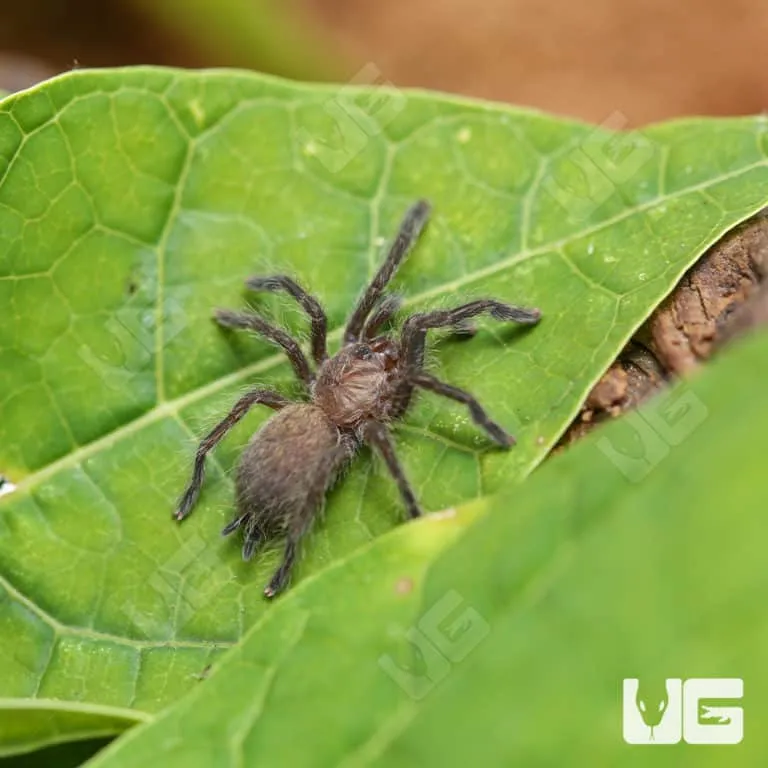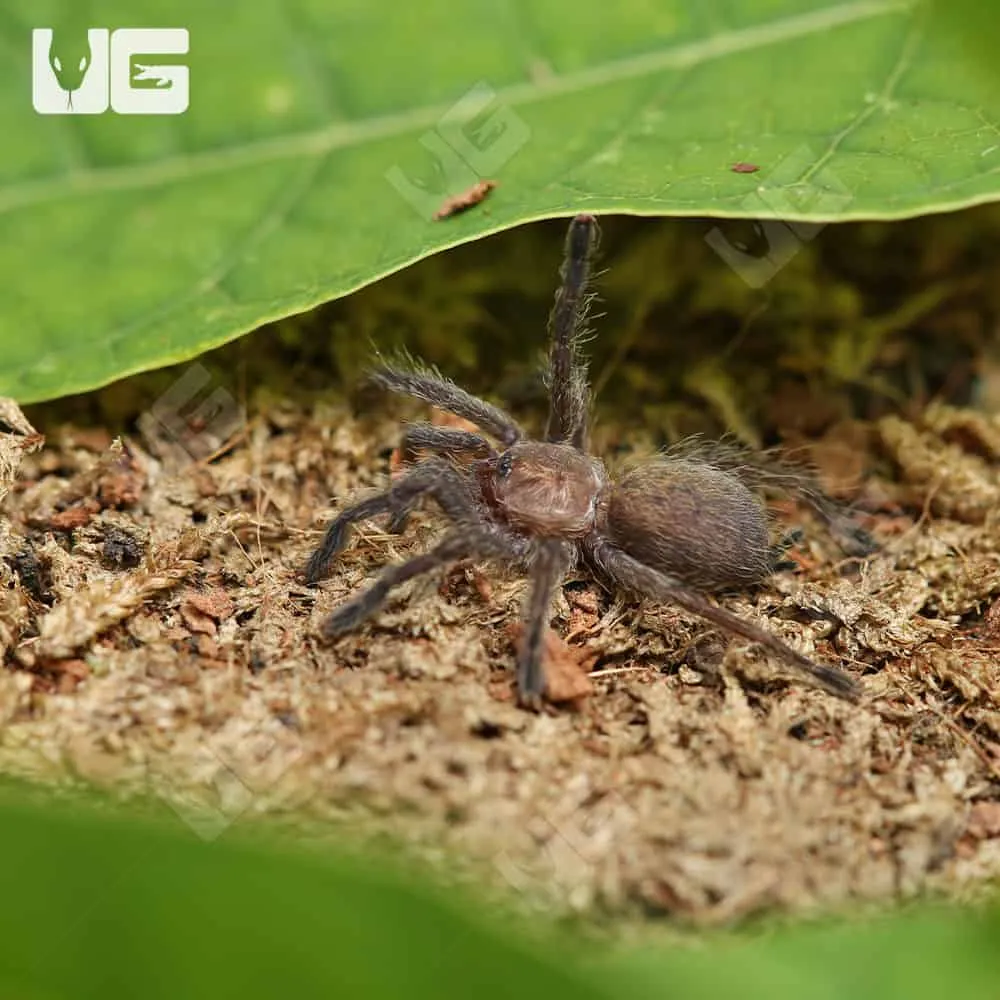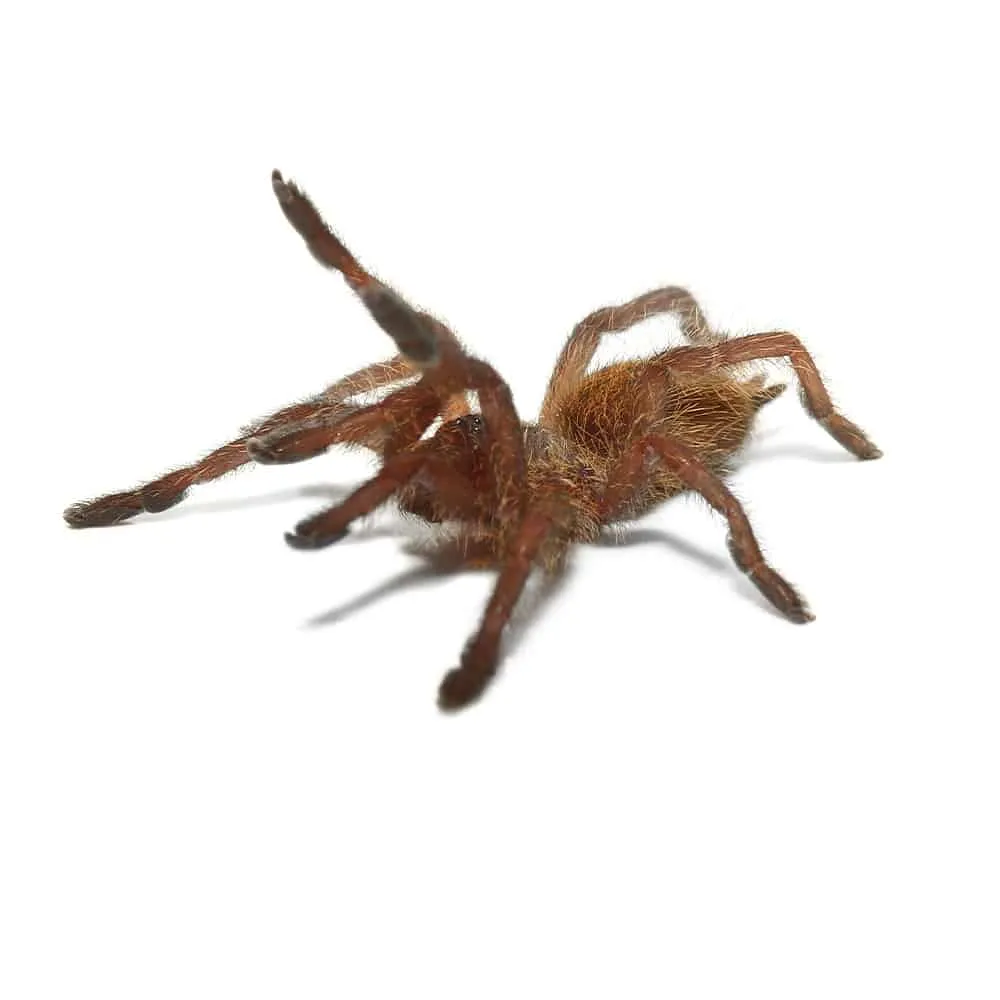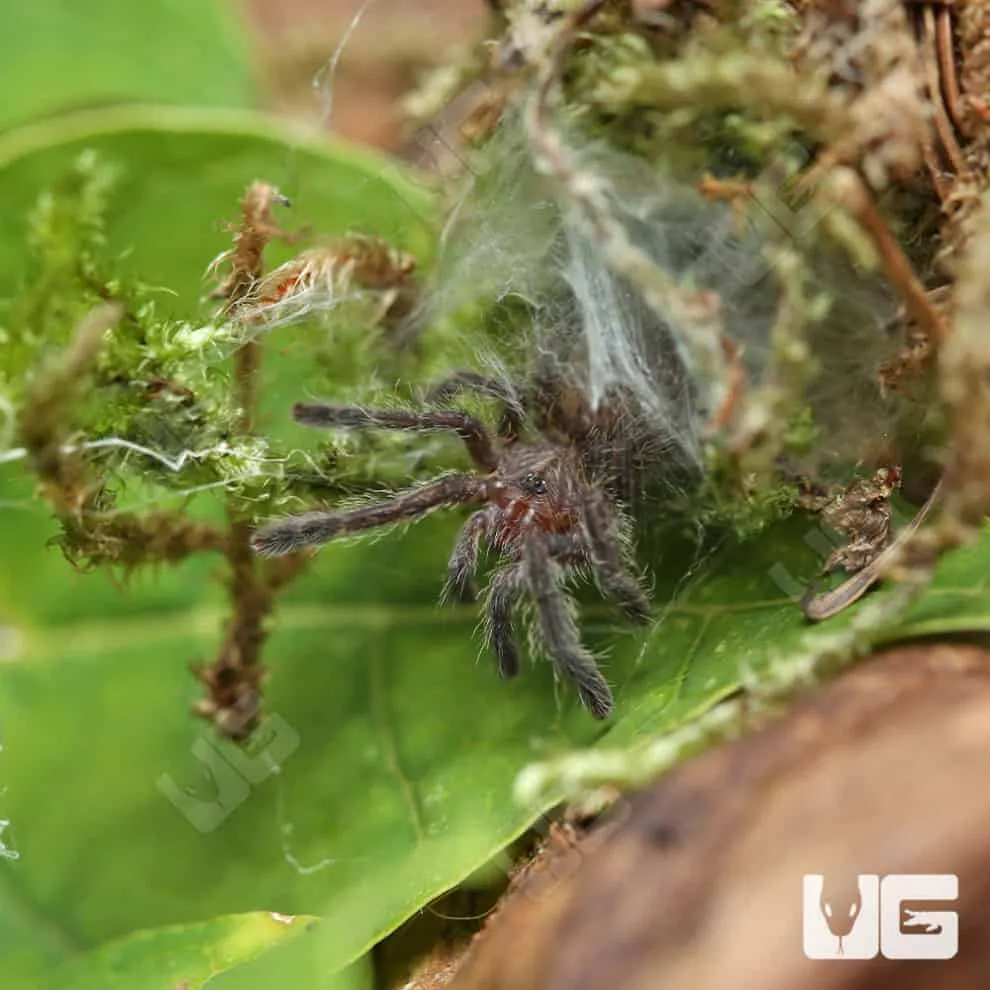Understanding the Orange Starburst Baboon Tarantula
The Orange Starburst Baboon Tarantula (Harpactira pulchripes) is a captivating and often sought-after species within the tarantula enthusiast community. Originating from South Africa, this terrestrial tarantula earns its name from the vibrant orange coloration on its legs and carapace, which creates a striking contrast against its dark abdomen. These tarantulas are not only visually appealing, but also possess a unique set of behaviors that make them intriguing subjects for observation and study. Understanding their natural history is the first critical step for anyone hoping to catch or simply learn more about these fascinating creatures.
Habitat and Behavior
Natural Habitat of the Tarantula

The Orange Starburst Baboon Tarantula is indigenous to the arid grasslands and scrublands of South Africa. They are burrowing spiders, constructing elaborate underground tunnels where they spend most of their time. Their habitat is characterized by sandy or loamy soil, which provides ideal conditions for digging. The temperature and humidity levels of these habitats are crucial for their survival, with the tarantulas thriving in relatively warm and dry environments. They are well-adapted to survive in their harsh environments, demonstrating remarkable resilience. Understanding their native environment provides essential insights into where and how to potentially find them.
Behavioral Patterns
Orange Starburst Baboon Tarantulas are known for being relatively defensive and quick to react when they feel threatened. When startled, they may exhibit a threat posture, raising their front legs and fangs in a display of warning. While they are not known for being highly venomous to humans, their bite can be painful. They are primarily nocturnal hunters, ambushing their prey, which typically consists of insects and other small invertebrates. Their hunting behavior is characterized by patience and precision. They are also known to be quite secretive, spending most of their time within their burrows, making them somewhat challenging to observe in their natural environment.
Identifying the Best Catching Conditions
Optimal Weather Conditions

Catching Orange Starburst Baboon Tarantulas is best attempted during periods of favorable weather. Following rainfall, tarantulas often become more active, as the moisture encourages them to leave their burrows in search of food or mates. The optimal temperature range for activity is between 70 to 85 degrees Fahrenheit (21 to 29 degrees Celsius). Avoid attempting to catch them during extreme heat or cold, as this can stress the tarantulas and make them more vulnerable. Observing weather patterns and understanding their potential impact on the tarantula’s behavior is key to a successful catching expedition.
Time of Day for Catching
The best time to catch an Orange Starburst Baboon Tarantula is typically during the evening or early night. They are most active during this period, as they emerge from their burrows to hunt. Using a flashlight or headlamp can be helpful to locate them, but be cautious not to shine the light directly into their eyes, as this may startle them. Be aware of local regulations and laws about wildlife collection. Always prioritize the tarantula’s well-being and safety during any catching activities. Observe the environment carefully, looking for tell-tale signs such as fresh burrows and activity around potential hunting grounds.
Necessary Equipment and Tools
Essential Tools

To safely catch an Orange Starburst Baboon Tarantula, several tools are essential. A long, sturdy container with a secure lid is crucial for capturing and transporting the tarantula. A soft, long-handled brush is helpful for gently herding the tarantula into the container without direct contact. A flashlight or headlamp is needed for low-light conditions. Tweezers or forceps can be useful for handling smaller items or manipulating the tarantula’s environment. It is important to have all necessary equipment readily available and properly prepared before starting the catching process.
Safety Gear for Handling
Safety gear is critical when catching and handling any tarantula. Thick, puncture-resistant gloves are essential to protect your hands from bites or urticating hairs. Long sleeves and pants also provide an added layer of protection. Eye protection, such as safety glasses, is recommended to shield your eyes from urticating hairs. A first-aid kit containing antiseptic wipes and pain relievers should be readily available in case of an accidental bite. Always be aware of the tarantula’s posture and behavior. Practice caution to ensure that both you and the tarantula remain safe throughout the process.
Catching Techniques
Approaching the Tarantula

When approaching an Orange Starburst Baboon Tarantula, move slowly and deliberately to avoid startling it. Observe the tarantula’s behavior and body language to gauge its level of alertness and aggression. Approach from the side rather than directly from the front, as this can be perceived as a threat. Maintain a safe distance and avoid sudden movements. Speak in a calm, reassuring tone, if possible. Take your time and allow the tarantula to become accustomed to your presence before attempting to capture it. Patience is essential when working with these creatures.
Methods for Safe Capture
The most common method for safe capture involves gently coaxing the tarantula into a container. Place the open container near the tarantula and gently use the brush to herd it inside. Avoid touching the tarantula directly. If the tarantula retreats into its burrow, allow it time to emerge or attempt to gently dig around the burrow opening with a small trowel. Once the tarantula is in the container, quickly secure the lid. Never attempt to handle a tarantula bare-handed. Handle them with the utmost care to minimize stress and potential injury.
Transporting Your Catch
Preparing the Transport Container

The transport container should be appropriately sized, well-ventilated, and escape-proof. Line the bottom of the container with a substrate such as paper towels or peat moss to absorb moisture and provide a comfortable environment. Add a small water dish to ensure the tarantula has access to fresh water during transportation. Secure the lid firmly to prevent escape. Clearly label the container with the species name and any relevant information. Ensure the container is kept in a cool, dark place during transport to minimize stress on the tarantula.
Ensuring Tarantula Comfort
Minimize stress and maintain the comfort of the tarantula during transportation. Avoid sudden movements and loud noises. Keep the container at a moderate temperature and avoid direct sunlight. Monitor the tarantula for signs of stress, such as excessive movement or defensive postures. Transport the tarantula as quickly as possible to its new enclosure or destination. Upon arrival, carefully transfer the tarantula to its new habitat, following all appropriate care guidelines.
Legal Considerations and Ethical Practices
Before attempting to catch an Orange Starburst Baboon Tarantula, familiarize yourself with all applicable local and national laws and regulations regarding wildlife collection. Obtain any necessary permits or licenses. Always prioritize the welfare of the tarantula and its natural habitat. Avoid collecting tarantulas from protected areas or populations. Practice responsible collecting by only taking what you need and leaving enough individuals for the population to thrive. If you are unsure about any aspect of the process, it is best to consult with local wildlife experts or authorities before proceeding. By adhering to ethical practices, you can ensure that your actions have a minimal impact on the tarantula’s environment.
